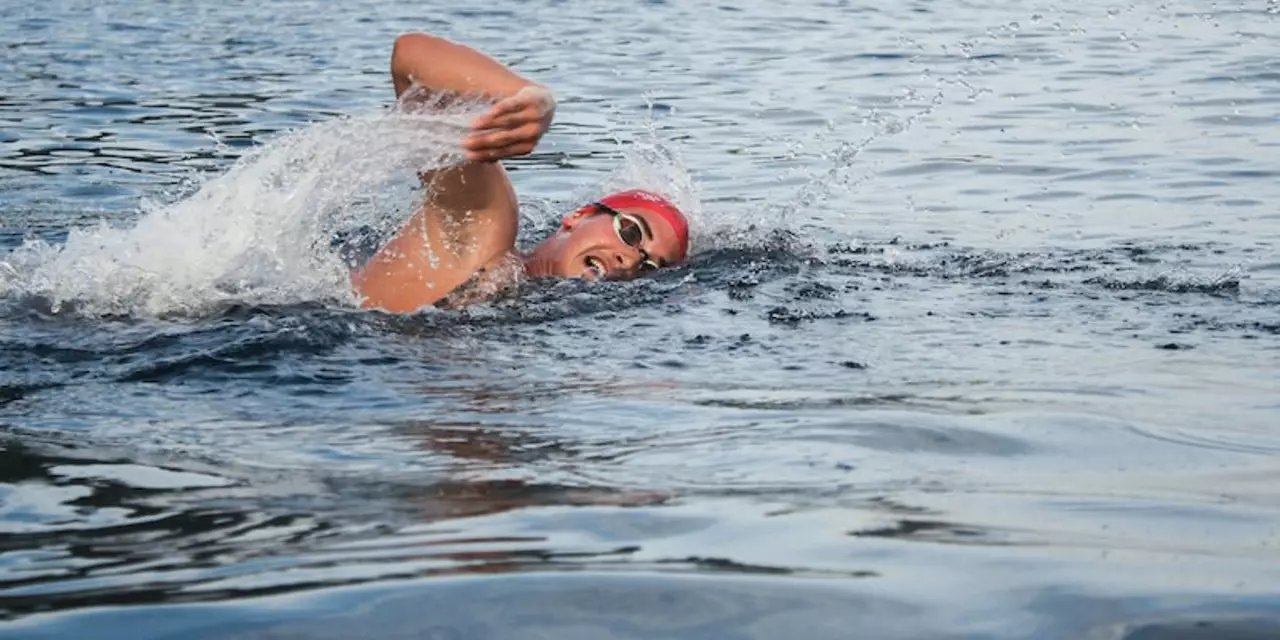Snorkel Mask: Choose, Fit, and Care Made Simple
If you love exploring shallow reefs or just floating on a sunny day, a good snorkel mask is the first thing you need. It lets you see underwater without water leaking into your nose or mouth. The right mask feels comfortable, stays in place, and gives a clear view. Below you’ll find easy steps to pick the best mask, get it to fit like a glove, and keep it working for years.
How to Pick the Best Snorkel Mask
Start by looking at the lens shape. A low‑profile lens reduces the distance between your eyes and the water, making it easier to clear fog and see close objects. For wider fields of view, a double‑pane lens works well, but it can be a bit heavier. Next, check the skirt material. Silicone skirts seal better and feel softer than rubber, especially for longer dives.
Size matters. Most brands label masks as small, medium, or large, but the best fit depends on your face shape. If you have a narrow bridge, a mask with a narrower top frame will sit tighter; broader faces benefit from a wider top rim. When you try a mask, press it against your face without using the strap. If it sticks to your skin, the skirt fits well.
Consider the strap system. Quick‑release buckles let you adjust tension fast, while strap loops give more flexibility. Look for a mask with a wide strap that distributes pressure evenly – this cuts down on sore spots after a few hours in the water.
Getting a Perfect Fit – No More Leaks
After you’ve chosen a mask, the fitting ritual is quick. Place the mask on your face and pull the strap gently. You should feel a gentle suction, not a tight clamp. If you notice leaking around the nose or cheeks, try a different skirt size or adjust the strap tension.
One common mistake is over‑tightening. Too much pressure squeezes blood vessels and makes the mask uncomfortable. A light pull is enough; the water pressure will hold the mask in place once you’re in the water. Test the fit by taking a few deep breaths and smiling – any gaps will show up as bubbles.Another tip: use a little bit of toothpaste on the lens before the first dive. The mild abrasive helps prevent fog. Just spread a thin layer, rinse, and let it dry. This trick works for both glass and acrylic lenses.
Keeping Your Mask in Top Shape
Rinse the mask with fresh water after every use. Salt and sand can scratch the lens and damage the silicone skirt. If you notice a tiny tear in the skirt, apply a silicone repair kit right away – waiting makes the damage spread.
Avoid storing the mask in direct sunlight. UV rays can weaken the silicone and cause the strap to snap. Store it in a cool, dry place, ideally inside a soft pouch to protect the lenses from scratches.
When it comes to cleaning, skip harsh chemicals. A mild dish soap mixed with warm water works fine. Gently rub the inside of the lens with a soft cloth, rinse, and let it air dry. Never use hot water; it can warp the frame.
By following these straightforward steps, you’ll enjoy clear views, comfortable dives, and a mask that lasts season after season. Grab your snorkel mask, get in the water, and discover the underwater world without a single leak.
